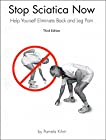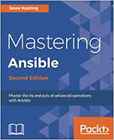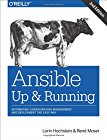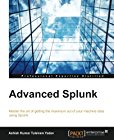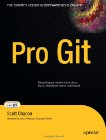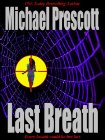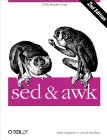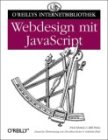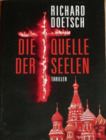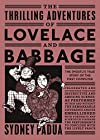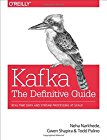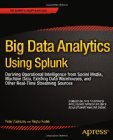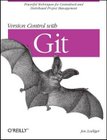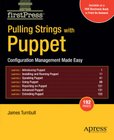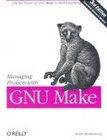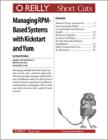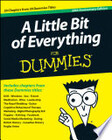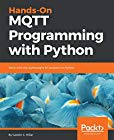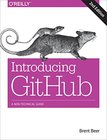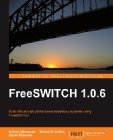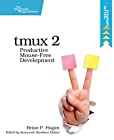
Once, when I picked up a book from the local library, the librarian asked to tell her what I thought about the book when I would bring it back. Well, why not write a few lines about all the books I read so everybody could see what I thought about it? I'm often also happy to have friends recommend a certain book or tell me this and that is not really worth reading. I won't comment about the tons of books I have read so far, but about books I read from now on.
| highly recommended | sehr empfohlen | |
| good reading | gutes lesematerial | |
| average | durchschnittlich | |
| not too interesting | nicht allzu interessant | |
| recommended not to read it | empfehlung das buch nicht zu lesen |

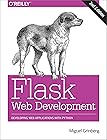











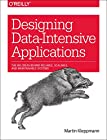
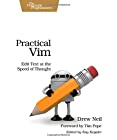














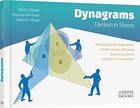






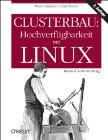


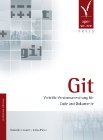




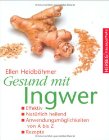

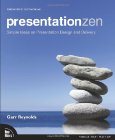


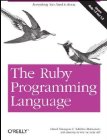








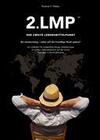



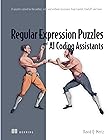













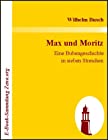







 |
|
|---|---|
| title | tmux2: Productive Mouse-Free Development |
| author | Brian P. Hogan |
| ISBN-10 | 1-680-50221-2 |
| ISBN-13 | 978-1-680-50221-3 |
| ASIN | |
| rating | |
| date | 2021-Apr-11 |
tmux is a very powerful terminal multiplexer. Tons of shortcuts, commands, configuration options and a zillion of possibilities. Where to begin and how to get up to a good start if you're new to tmux? In exactly this situation this book comes in very handy. It is short, explains the most important commands and shortcuts you'll need and a bunch of good to know configuration settings. It also gives some brief information on how to share tmux sessions with others.
If you want to get to know all the features and options available, this is not the book to buy, but if you want to get up to speed in no time, this is a good way to start, especially since it not only shows what is available but also the basics of how to configure things and adjust it to the way you want to work.
There is, however, one aspect of the book (at least the PDF version), which could use some major improvement: the font. The book is typeset in a font that is hard to read unless you overly enlarge the pages and even then the displayed keystrokes, in an even much smaller sans-serif font, are difficult to decipher.
